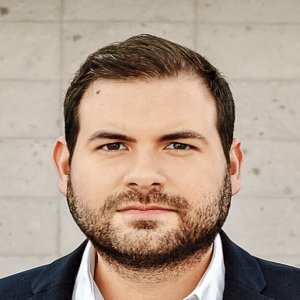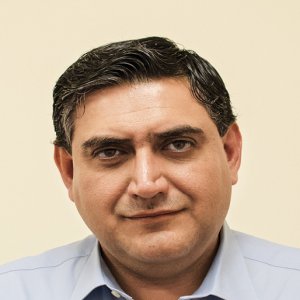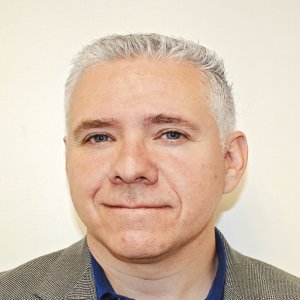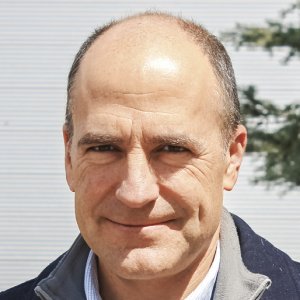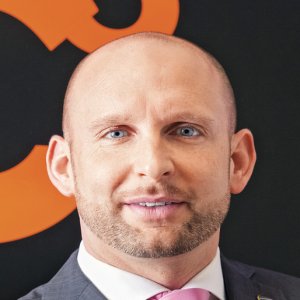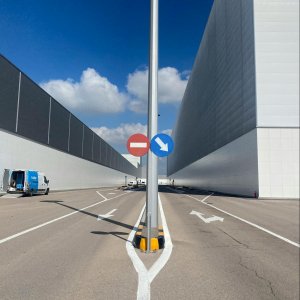Detecting Deviations to Smooth Out Coating Process

STORY INLINE POST
Q: How can Helmut Fischer’s products augment automated production lines?
A: The company has a strategy to extend our equipment’s use beyond inspection and testing processes to the actual manufacturing line. Helmut Fischer wants to move past taking isolated samples to integrate our testing probes into robots and other automation equipment. One possible application could be in the painting process. While robots paint the car’s body, our equipment can send testing values from several components to a computer in real time. This would provide the client with continuous access to data, removing the need to download it from the equipment before analysis.
The goal behind this innovation is to solve connectivity issues with industrial applications and to ensure compatibility between different communication protocols. We are now participating in equipment design and data-collection software. Having developed the technology in-house in Germany, we are looking for anchor clients in Mexico to test solutions that have already proven successful at our headquarters. We are collaborating with an axle manufacturer in Guadalajara and exploring new projects with a spark plug factory in Piedras Negras, Coahuila and an electric-motor manufacturer in San Luis Potosi for windshield wipers.
Q: How advanced is the company’s technology development regarding automation applications?
A: Our equipment is already manufactured with Ethernet and Profibus ports to connect with the production line’s network. Additionally, the software features a Windows CE® platform so clients can design the testing process for each component. This aspect makes it possible to integrate additional programs for robot controllers. Our focus right now is to find an appropriate partner to support our solutions. We are not robot manufacturers so we need a third party to fully automate our clients’ processes.
Q: What direct impact does Helmut Fischer’s equipment have on the production line?
A: The equipment’s most important aspect is the effective measuring of coating thicknesses along the process. Some coating processes require numerous coats and detecting deviations from the specifications at the end of the line could represent losses in scrap. The traditional way to avoid this is to test random samples in a laboratory. This is inefficient and if performed while the line continues operating, it does not prevent more components being produced with the same flaw. Coating processes also affect the parts’ dimensions and if they are not tested properly, this can affect assemblies further down the production line.
There is an added investment in coupling testing processes with manufacturing operations, which is possibly five times what clients spend in traditional processes if applying X-ray technology. But this investment represents savings in rectification after the process is complete and decreases scrap. We have simpler solutions that can be implemented with assisted robots to lower the initial investment. Helmut Fischer’s products have the advantage of operating standard-free measurements that lead to precise results, which are improved once the equipment is calibrated.
Q: What other innovations is Helmut Fischer incorporating in its testing equipment?
A: One of the main inconveniences in the manufacturing industry is when coat testing requires contact with the component. In painting operations for example, OEMs normally require up to three weeks to calibrate their whole process, painting a component several times to determine the most effective way for robots to apply the chemicals. Operators tend to correct the process after each round. Integrating testing technology could eliminate this process and the related costs. Certain processes involving high temperatures or adverse environments make contact impossible. We are developing new Terahertz technology that will require no contact with the sample and will reliably measure multiple layers of paint.
The only other multilayer alternative available in the market is ultrasonic technology. This requires complex calibration processes and can only be standardized for a certain paint color at a time. It also requires direct contact with the component and the application of a special gel as a coupling interface. Terahertz on the other hand, is based on pulsed laser technology and signal refraction. The solution is in the last development stages in Germany and we are looking for a client to invest in its application to see it in action under real manufacturing conditions. Once we obtain satisfactory results, we will bring Terahertz to Mexico.
Q: What is the extent of your relationship with the Mexican automotive industry?
A: Early in 2016 we finalized negotiations with a German OEM to collaborate in their new plant in Puebla. We are supplying the company with testing equipment for anti- corroding inorganic coatings, mostly used in brake and drive components. Helmut Fischer is helping the company ensure its production is in line with the expected geometric tolerances and environmental standards related to heavy- metal content in automotive parts.
Our X-ray technology performs Restriction of Hazardous Substances (ROHS) testing on all plastic components that require a metal coating. One of the newest carmakers to enter Mexico uses similar equipment for rear-view and side mirrors. Those two contracts are already secured and we are negotiating with a third OEM to collaborate on a new plant in San Luis Potosi.
Q: What are the company’s expectations for Mexico following the entry of these OEMs?
A: The automotive sector represents over 60 percent of our business in Mexico. Our goal for 2020 is to reinforce our position in the market and increase the number of Helmut Fischer machines used in the industry. The company has years of experience in other countries that have moved onto R&D activities and the technology arising from those advances is now migrating to Mexico. We have a direct relationship with OEMs testing large components but we also have business opportunities with Tier 1 and 2 suppliers right down to manufacturers of the smallest parts.
We want to diversify our reach and delve into applications whose relevance might not be obvious for our equipment. We have enough expertise in inorganic coatings but have found that our X-ray technology can also be efficient for testing organic solutions such as adhesives used for rubber- metal joints. There are many new companies in the market tapping into this technology and we want to explore the potential business opportunities for Helmut Fischer
